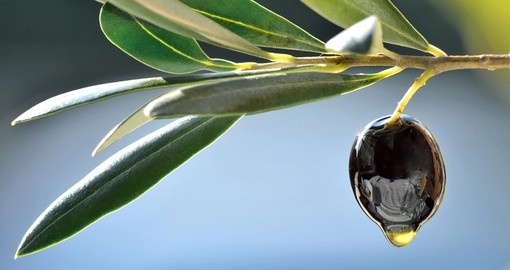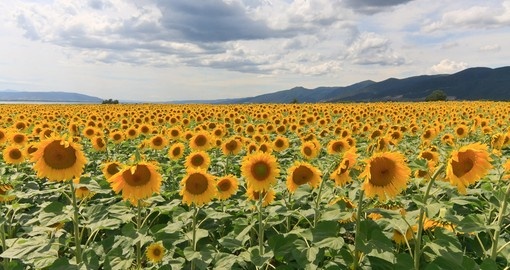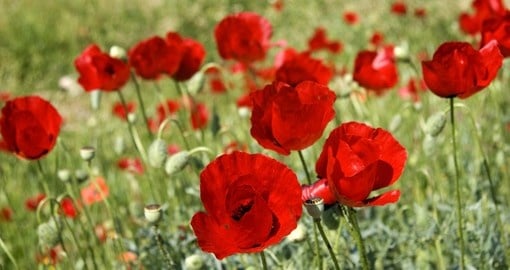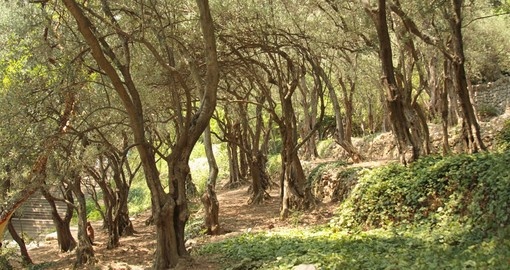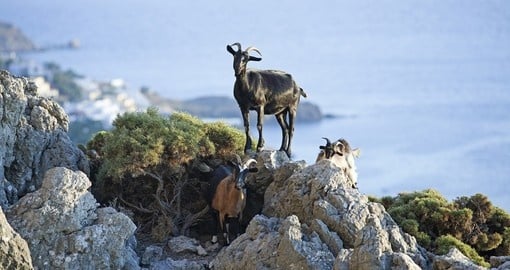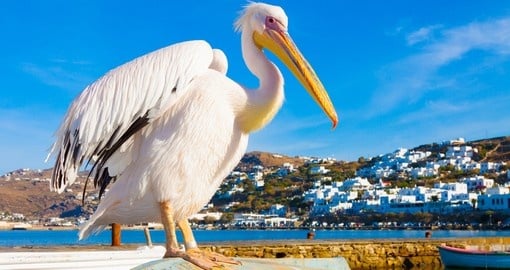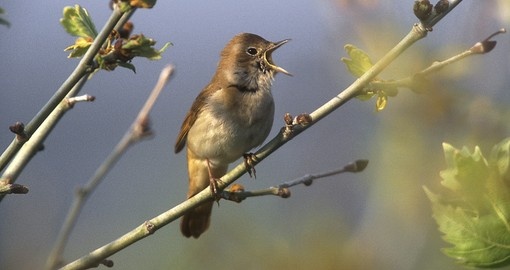Greece Nature and Wildlife
Despite its relatively small size, Greece is exceptionally rich when it comes to biodiversity. The country provides many natural habitats with its varying landscapes hosting more than 6,000 plant species, 25% of which are endemic to Greece. A popular spot amongst birdwatchers, the wetlands at the Euros Delta are home to the widest range of birds of prey in Europe. Being surrounded by the Mediterranean, Aegean and Ionian Seas, Greece also shelters more than 250 species of marine life. There are several endemic fish species, plus endangered species like the monk seal and loggerhead turtle.
Recognizing the importance of protecting their natural landscapes, Greece began establishing protected areas as early as 1937. As a result of this early protection, there are now ten mainland national parks and two marine parks. A national park in Greece has to include a central core, as well as a surrounding area. By law, this central core cannot be smaller than 15,000,000 square metres (unless in marine parks), and the surrounding area has to be larger or equal to that. The only activities allowed inside the core include scientific and environmental research, as well as very mild recreational activities.
Established in 1938, Olympus National Park holds Greece’s highest mountain. The legendary home of the gods, the park boasts more than 100 bird species. There are also more than 1,700 plant species and various kinds of animals including wolves, jackals, deer and more. Due to the biodiversity that exists in the park, it was named a UNESCO Biosphere Reserve in 1981.
Another popular park in Greece is Mount Parnassus National Park, established in 1938. Located only a few kilometres from Delphi, it is known for its virtually unspoiled forests. A haven for bird species, the park provides habitats for Gifton and Egyptian vultures, as well as many birds of prey.
Located on the island of Crete, Samariá Gorge National Park was established in 1962. At 18 km long, the park boasts the longest gorge in Europe. It was named a World Biosphere Reserve, and with some of the most incredible natural scenery in Europe, it has become a major tourist attraction.
Greece Travel Information
At Goway we believe that a well-informed traveller is a safer traveller. With this in mind, we have compiled an easy-to-navigate travel information section dedicated to Greece.
Learn about the history and culture of Greece, the must-try food and drink, and what to pack in your suitcase. Read about Greece's nature and wildlife, weather and geography, and 'Country Quickfacts' compiled by our travel experts. Our globetrotting tips, as well as our visa and health information, will help ensure you're properly prepared for a safe and enjoyable trip. The only way you could possibly learn more is by embarking on your journey and discovering Greece for yourself. Start exploring… book one of our Greece tours today!
Get a Trip Quote Order a Brochure






